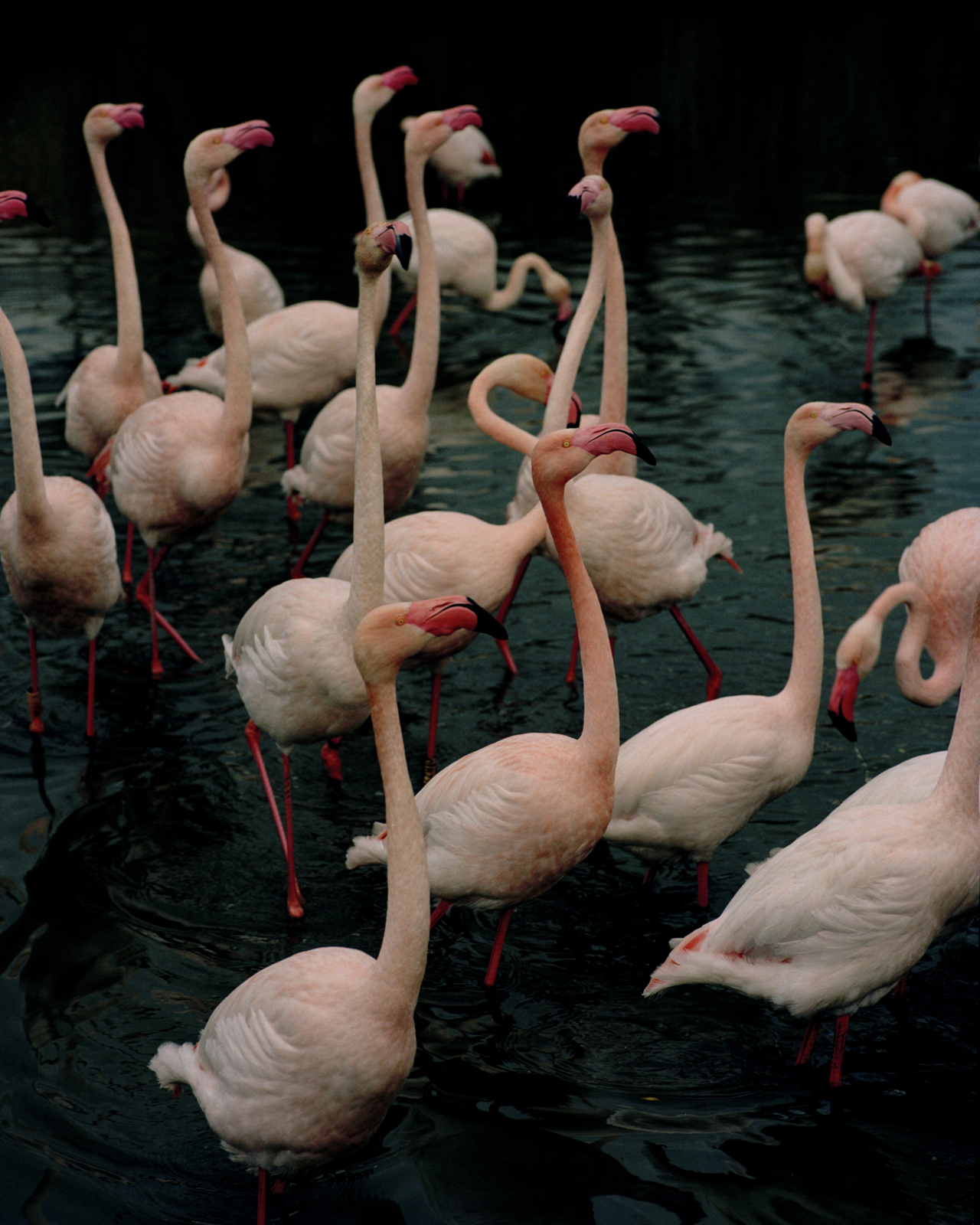

Photograph by Matthieu Croizier / Connected Archives
words by willow defebaugh
“Remember this, whoever you are, however you are, you are equally valid, equally justified, and equally beautiful.”
—Juno Dawson
We all heard the “birds and the bees” talk as kids—which I’m assuming, for most of us, focused primarily on reproduction. From an early age, we are indoctrinated into heterosexuality and the gender binary: the idea that there are two fixed, “opposite” sexes that attract. It’s ironic that animals are often used as the analogy, because in nature we find a diverse array of flora, fauna, and fungi that challenge our notions of gender and sexuality.
Nature has long been weaponized against queer people, but homosexual behavior is common in the animal kingdom—from primates and dolphins to lions and giraffes to starfish and snakes. This behavior is not limited to sex alone, either; it can also include cuddling, singing, mating, and courtship. Penguins have been known to form socially monogamous same-sex relationships; in 2022, one such couple became fathers at the Rosamond Gifford Zoo in Syracuse, New York.
Transness and gender nonconformity are plentiful in nature as well. The water is not the only aspect of the ocean that is inherently fluid; deep beneath the waves, a number of species change sex as part of their lifecycle. All clownfish are born male, living in groups with one dominant female. When the female dies, the dominant males in a school turn female in order to lay eggs and reproduce. Hawkfish exhibit even more fluidity; mature females often become male, but have been observed to switch back if the conditions change. Examples of drag exist too, with male cuttlefish known to take on the coloration of females to ward off other males competing for mates.
Meanwhile, on land, the majority of slugs are simultaneous hermaphrodites, meaning that they possess all of the reproductive organs of their species. This means they are capable of both impregnating themselves and each other; two slugs can mate and both end up pregnant. Some species of snakes display parthenogenesis—asexual reproduction—as well, both laying and fertilizing their own eggs. Female flowerpot snakes can even produce identical female young.
Some birds and insects break the binary even further, exhibiting what’s known as gynandromorphism—meaning that they display characteristics of more than one sex beyond just reproductive organs. This is often expressed through coloration; males and females can take on dramatically different appearances in many species, but those showing gynandromorphism have their coloration split right down the middle.
It is not just animals. Trees are divided into cosexual (having both male and female parts in the same flowers), monoecious (separate male and female flowers or cones on the same tree), dioecious (distinct male and female trees), and polygamous (containing some combination of male, female, and cosexual flowers on the same tree). The striped maple was recently discovered to change sex. And sexual diversity is incredibly common in the fungi kingdom; splitgill mushrooms have over 23,000 sexes, merging and procreating in all manner of combinations.
While conservatives cling to bioessentialism, nature sings of beautiful biodiversity. For too long, Western ideas about gender and sexuality have been imposed upon the human and nonhuman worlds. Any arguments which claim that LGBTQIA+ people are unnatural stem from the same thinking that separated humans from the rest of nature in the first place. Humans are queer just like nature is queer, because we are nature. Imagine if kids learned that, rather than just the birds and the bees.
Let’s Talk About Sex